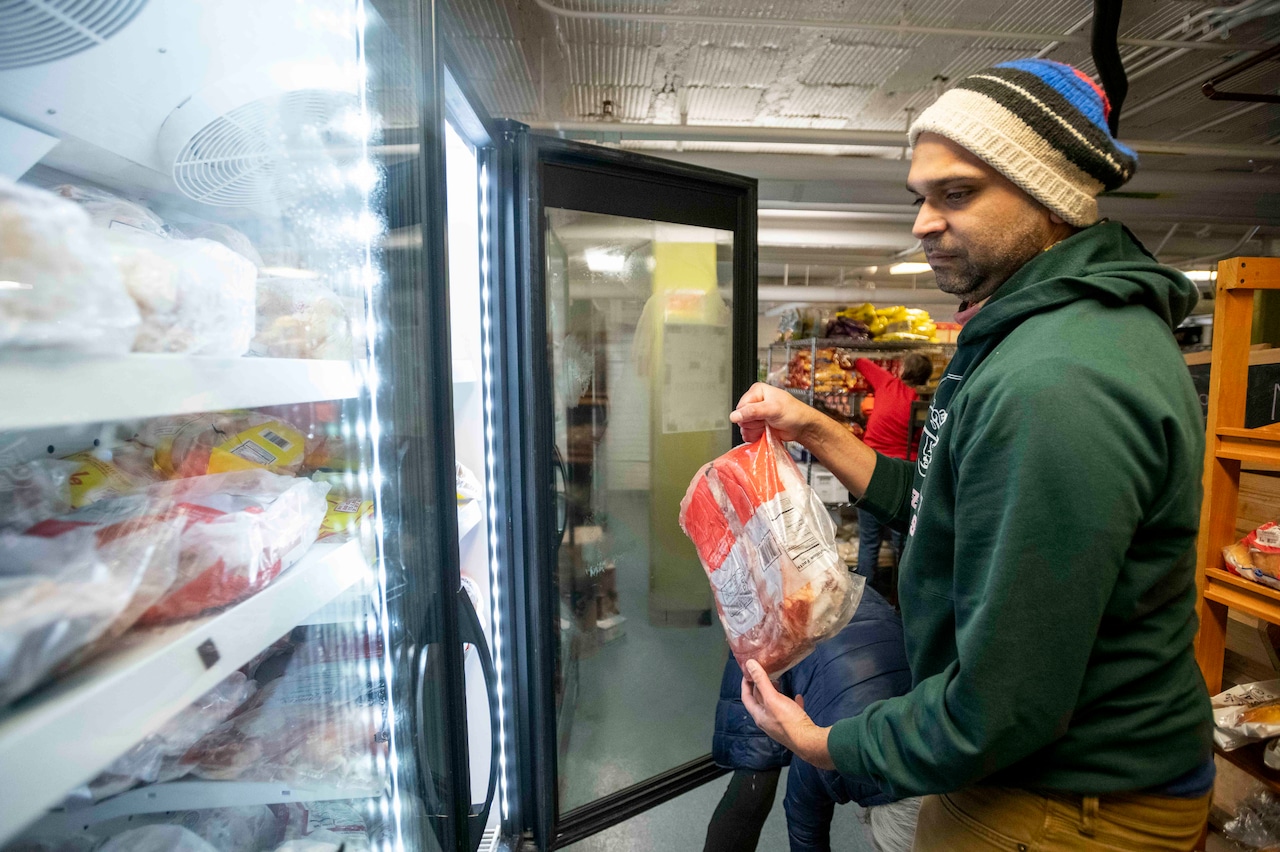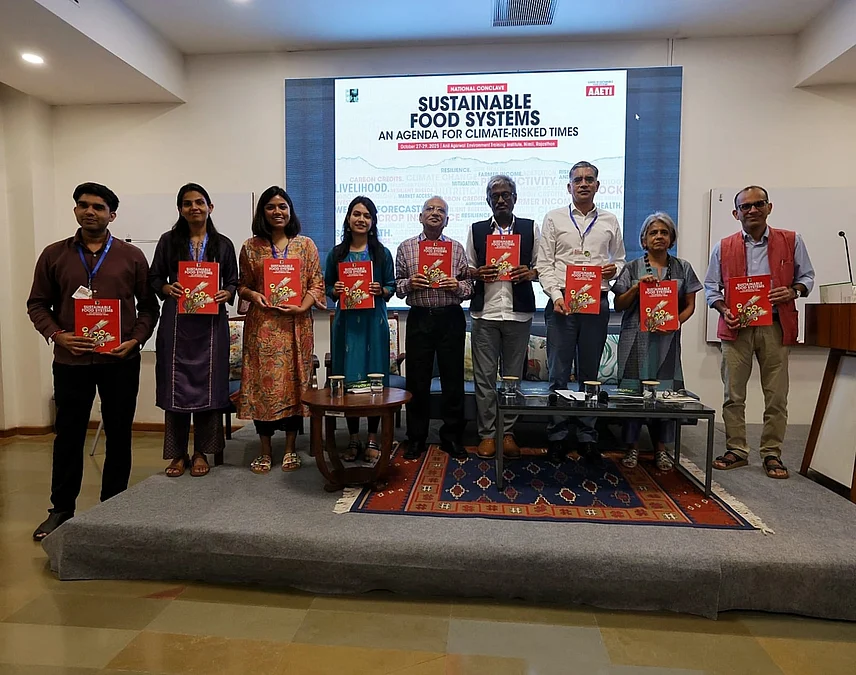Copyright M Live Michigan

WASHTENAW COUNTY, MI - Dawn Tobias has $3 of benefits left and just days before federal dollars officially stop coming. “I need groceries. I need cat food. I need gas in the car,” said 64-year-old Tobias, of Ann Arbor. “But with the price of everything that has gone up, that has also made it difficult for everyone.” Tobias is one of roughly 1.4 million Michigan residents, or 13% of households in the state, who anticipate losing access to food assistance programs as a shutdown of the federal government continues. The U.S. Department of Agriculture Food and Nutrition Service ordered Michigan to pause benefits from the Supplemental Nutrition Assistance Program (SNAP) in November. The food assistance program, which is administered by states, uses federal dollars to provide food assistance to those with lower incomes. Average eligible households in Michigan receive $335 per month in SNAP benefits. Roughly half have a person with a disability in the households and 43% have children. Benefits, which are loaded onto a electronic benefit transfer cards, can be used to purchase food at grocery stores, farmers markets and other stores. Read more: Food insecurity rate rises to 14% in Washtenaw County, new study shows Tobias receives $60 per month through the program, as well as uses food pantries and other local resources. She currently receives food through Trinity Health’s Farm Share Program on a monthly basis and has occasionally visited their pantry. “If they have the gluten-free bread, I’ll grab a loaf of that. Or if they have raw nuts, I’ll grab those,” Tobias said. “I don’t typically don’t take advantage of their pantry. But I’m probably going to — I’m definitely going to now.” Nonprofit food assistance programs in Washtenaw County are bracing for an anticipated skyrocketing rise in need as the turn of the month speeds closer. Food distribution sites run by the Community Action Network of Washtenaw County have already seen a 30% uptick in visits this year, said Derrick Miller, executive director of the nonprofit. Although that number has “wiggled” slightly over the past few months, the organization is now prepping for it to rise again. “We are the literal last line of support. The folks that are showing up in our food programs, they are showing up because they literally have nowhere else to go,” Miller said. “…People do need to recognize that there is literally nothing else.” What’s being done CAN feeds between 1,200 and 1,300 households per day across its seven sites, Miller said. Like many organizations that distribute food in Washtenaw County, it receives food through Food Gatherers, a food rescue and bank. The nonprofit has been struggling since the USDA informed the group that it was canceling grant funding previously used to purchase food. USDA grants made up 15% of Food Gatherers’ total distribution, according to previous reporting. Food Gatherers is working on plans to increase distribution in the coming weeks with drive-through sites and emergency food boxes, although exact plans are still murky, said Eileen Spring, executive director of the nonprofit. She is particularly worried about ongoing impacts of the shutdown on federal workers, who may have been joining food assistance networks as they receive final paychecks. Miller has similar concerns about workers of grant-funded programs like AmeriCorps, which also have had government-driven cuts. Both are worried their plans may not be enough, pointing to the scale of SNAP. For every one meal distributed by an organization, SNAP distributes nine, they said. “The scale is not replaceable. The charitable system cannot replace it,” Spring said. “What we can do is, on the short term, try to mitigate it.” Sheri Wander, co-founder of Peace House Ypsi, is among those trying to help at a local level. The house runs a free roadside pantry, among other community aid and mutual support. In the past month, she estimates she has seen roughly double the number of people taking from the pantry as concerns around food insecurity grow. Although popular items have previously included “heat and eat” meals ― popular among those who are homeless and may not have access to a kitchen ― that has changed in recent weeks, Wander said. “People are starting to look for more things that would feed a family, more traditional pantry food staples,” she said. Neighborhood children who used to take just granola bars and fruit snacks are now taking cereal, soup and pasta, too. Meanwhile, more food has been showing up. Wander said she is grateful for the rise in donations but worries whether it can be sustained moving forward as attention on the issue wanes. Tobias is worried about the long-term impact, too. Her daughter and great-grandchildren, ages 1 and 8, also receive SNAP benefits and currently live in a motel with her granddaughter. Without the benefits, she’s not sure what will happen. “I’ve talked to my daughter about it, and I’ve asked her what my granddaughter’s plans are,” Tobias said. “And she’s like, ‘I don’t know, Mom. All I can tell you I’m not going to let them go hungry.’” A plan announced by Michigan House Democrats earlier this week could keep SNAP operating temporarily, but that has not yet been approved. Michigan Attorney General Dana Nessel has also joined a group of other officials across the country in filing a lawsuit against the USDA and its leadership over SNAP benefits. “Those who can make a difference, I don’t think care,” Tobias said. “And those who care, I don’t think they have the power to make the difference right now.” How to help Leaders from both Food Gatherers and CAN said money is the most helpful donation. Financial donations allow organizers to manage inventory more effectively, said Spring. The nonprofit can also make dollars stretch further because they buy in bulk, she added. “It doesn’t mean we don’t appreciate food drives,” Spring said. “It’s just, especially at this kind of timing where it’s, ‘do this quickly,’ it’s really helpful to be able to buy it.” Miller said CAN plans to hand out up to $15,000 in gift cards to local grocery stores, adding donations for those are also welcome. “It’s not the most efficient thing, but when the choice is families coming through and getting no food because we ran out, as opposed to at least getting a gift card and being able to shop for themselves, it helps at least mitigate it,” he said. For Wander, donations of both money and food are helpful. Peace House Ypsi is entirely based on community mutual aid and is not tied to grant funding or a large nonprofit, she said. Financial donations allows her to fill in gaps at the pantry moving forward. More information about donating can be found on Food Gatherer’s website, CAN’s website or Peace House Ypsi’s website. Those struggling with food insecurity can find local resources through Food Gatherer’s website.



